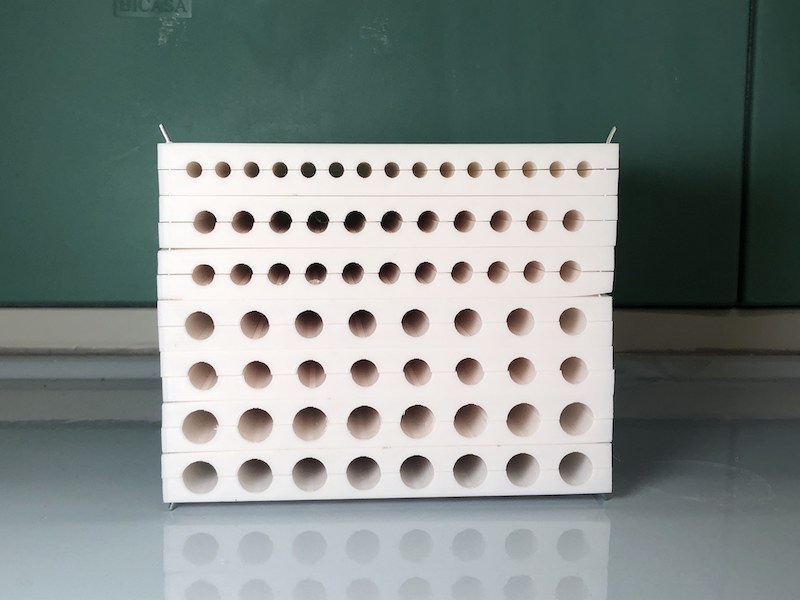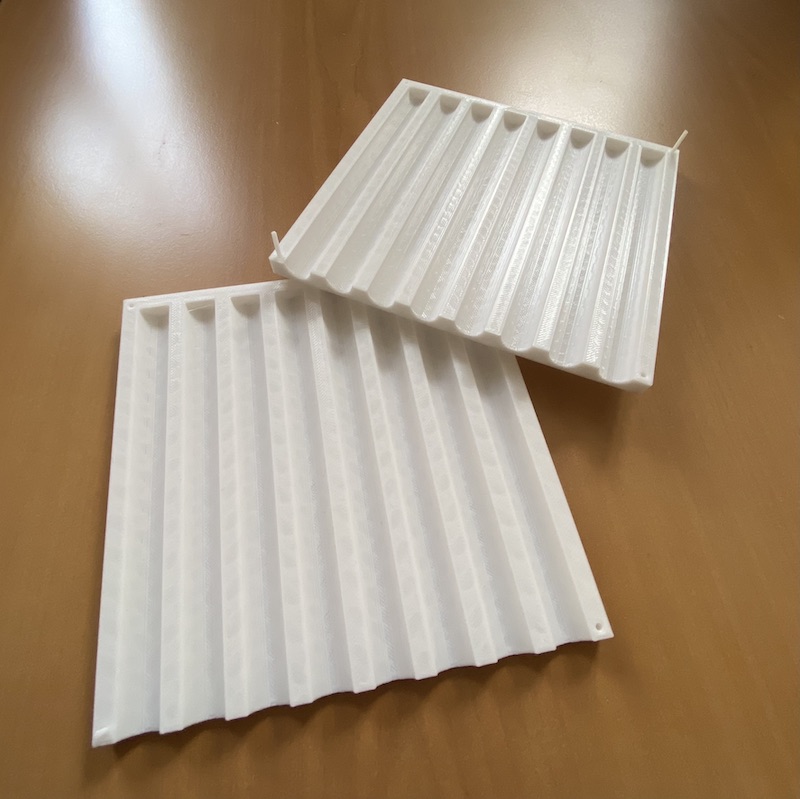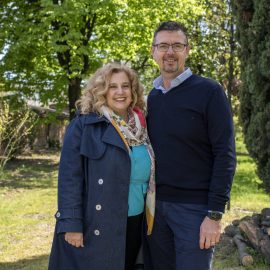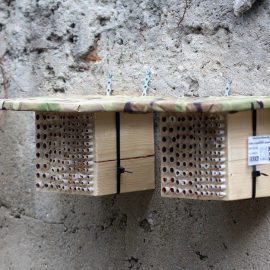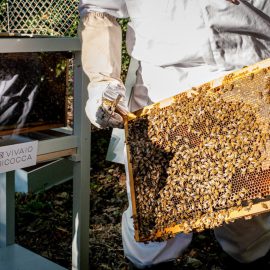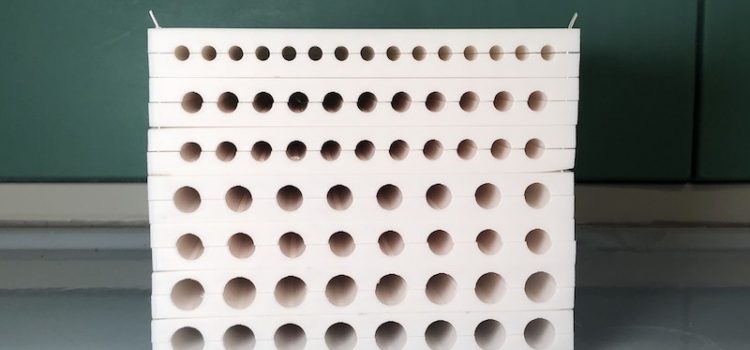
New materials to help wild bees: Research and 3D printing of new nesting boxes for the Vivaio
Nest boxes for wild bees, the importance of which we have already discussed (LINK), are structures generally made of wood, a natural material rich in cavities that are the ideal home for small insects. In nature, many species of bees (and others) colonize small holes in trunks, walls or plant debris that are normally found in green areas such as parks, reserves but also agricultural land and urban parks or gardens. However, it must be stressed that in urban environments the availability of plants and residual wood is often less frequent, so it is necessary to place nesting boxes in order to facilitate the establishment and spread of wild bees and their ecological function related to pollination.
In the scientific projects carried out at the Vivaio Bicocca, researchers at the Department of Biotechnology and Biosciences are experimenting with a new type of artificial nest made of bioplastic material and built using 3D printers, also with a view to replacing more complex wooden materials that need to be prepared with precision. The aim of this experiment is to study new materials that can mimic the structure of wood but make the nest house more sustainable, scalable to different contexts and needs and more durable. The idea of experimenting with new biodegradable materials such as PLA (polylactic acid) also stems from a design proposal compatible with urban construction, which is increasingly looking with interest at 3D printing systems using biodegradable materials. The creation and promotion of nesting huts and alternative materials also makes it possible to play with shapes, colors and create materials with multiple uses: e.g. outdoor covers with space for insects, walls and separation systems capable of hosting biodiversity, etc. This project also has an industrial nature and supports technology transfer as the researchers from the University of Milan-Bicocca were supported by Graftonica S.r.l., a spin-off company of the University, which specializes in 3D construction with polymeric materials. Together, researchers from the university and the spin-off designed the prototypes, responding to the needs of the pollinator species that are most common in an urban context and at the same time most in need of protection. Different structures have been developed and we are now waiting to see which 3D channels will be most in demand by the insects and whether the larvae will find a comfortable home as in natural wood. In the future, the team of researchers from the University and Graftonica will test different materials, including materials that are biodegradable both in the sea and on land and composites made from food waste, in order to minimize the use of resources and reduce environmental impact to zero.
The PLA prototypes have been placed at the Vivaio Bicocca and will be monitored to check the rate of nesting and colonization and whether the design and choice of materials has been successful.

